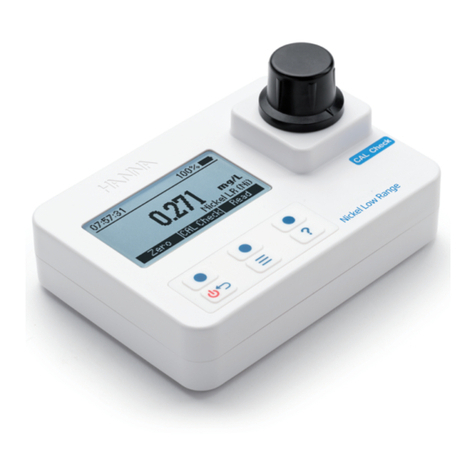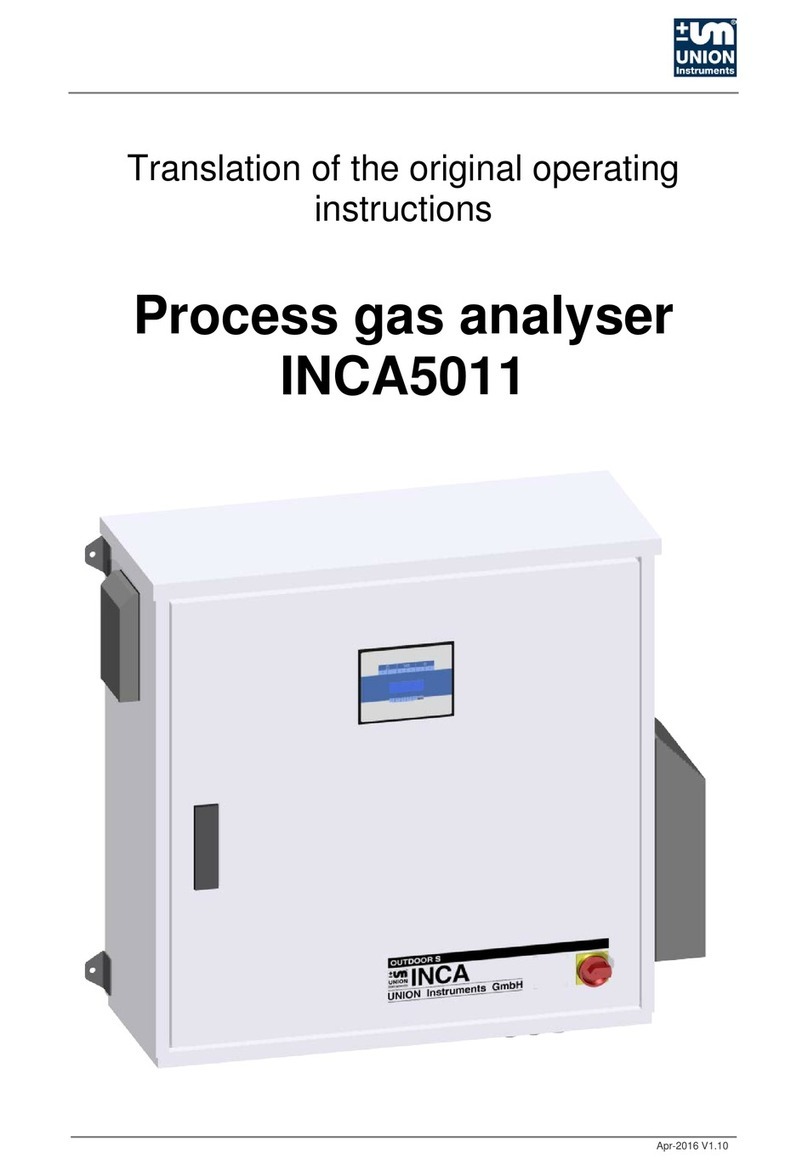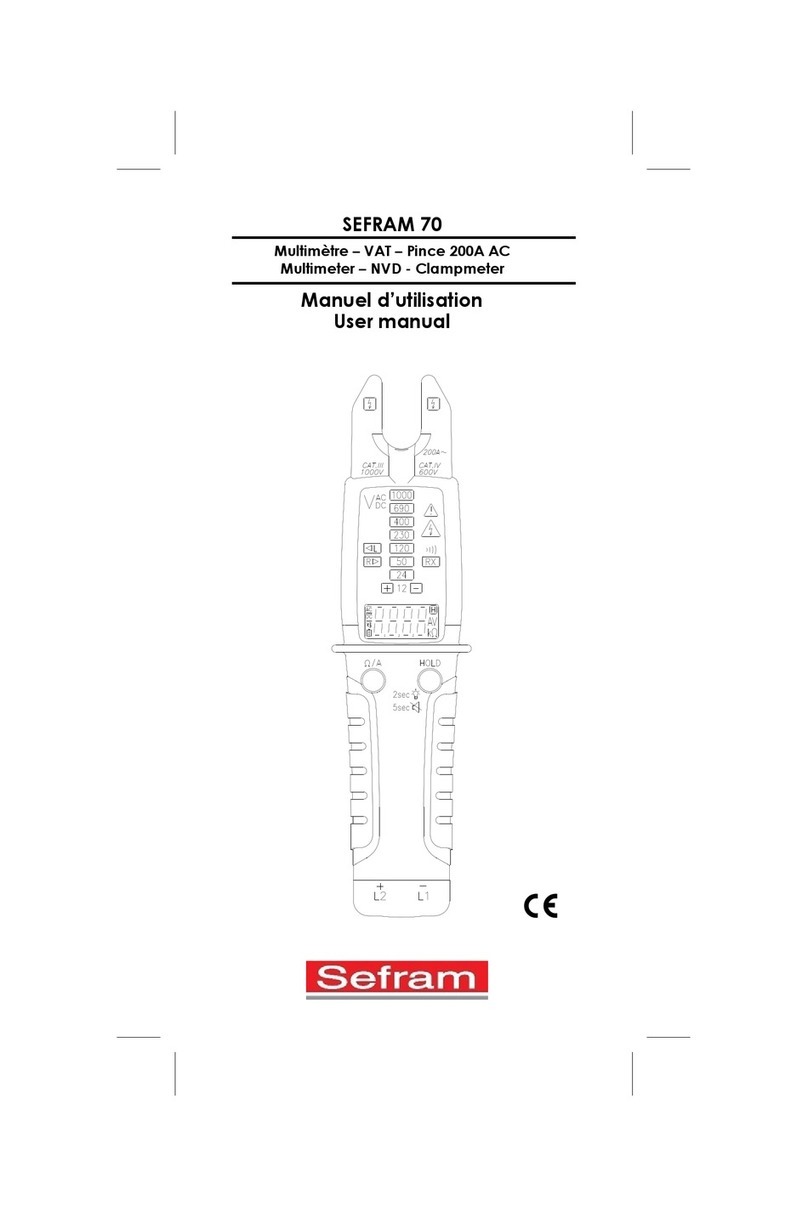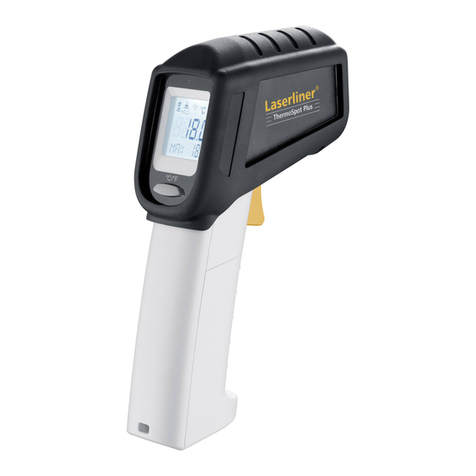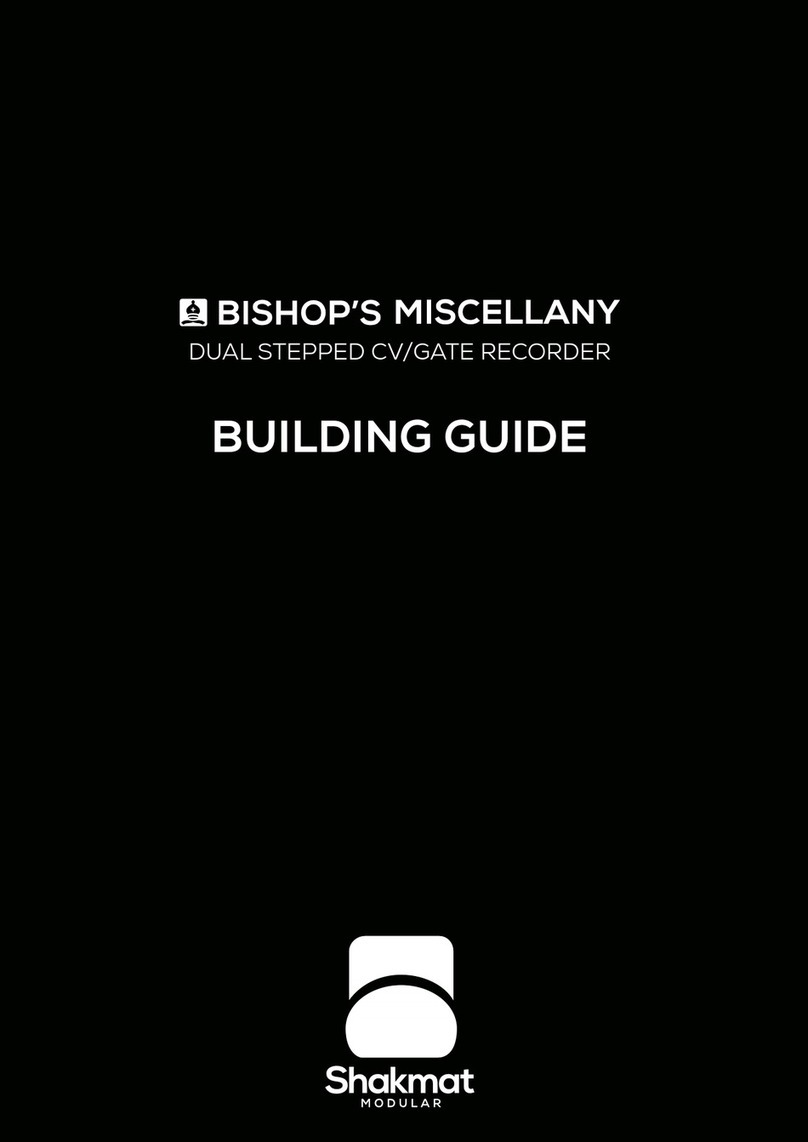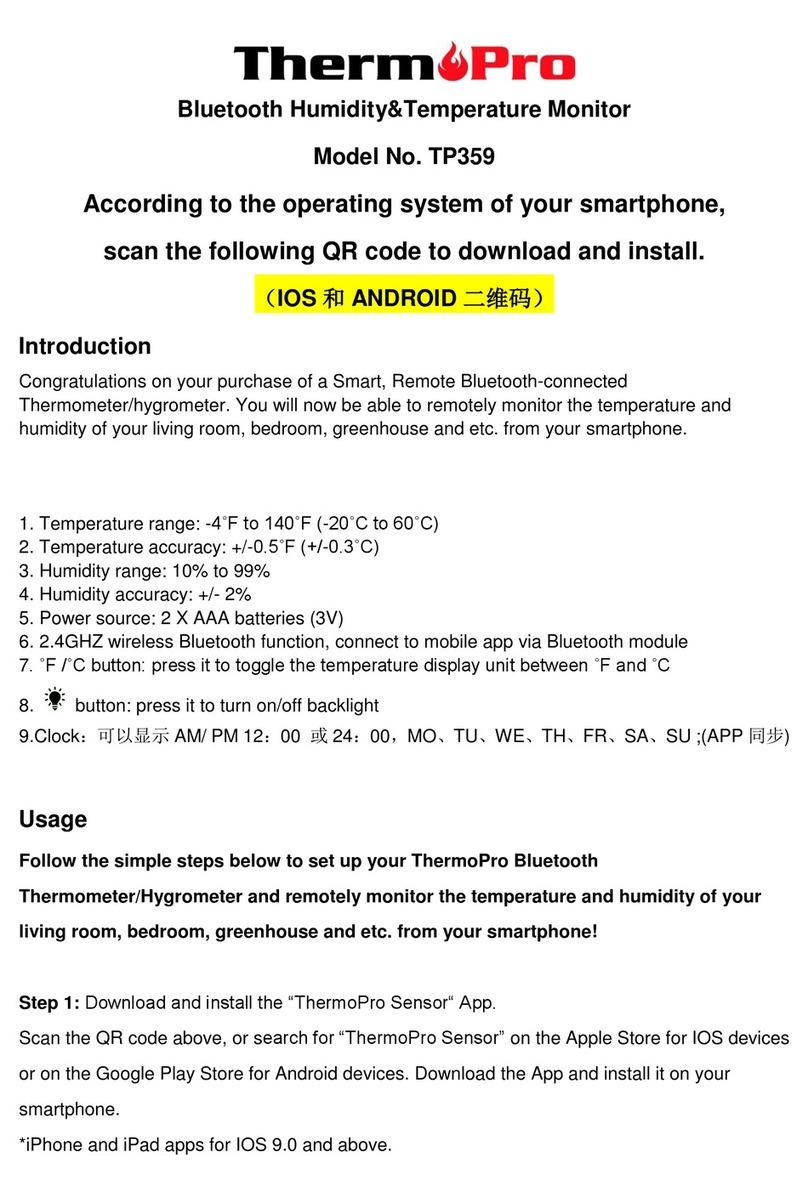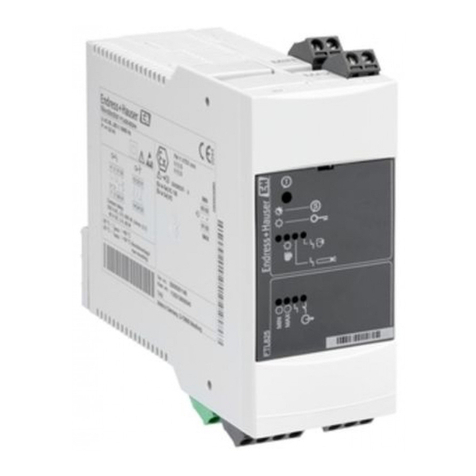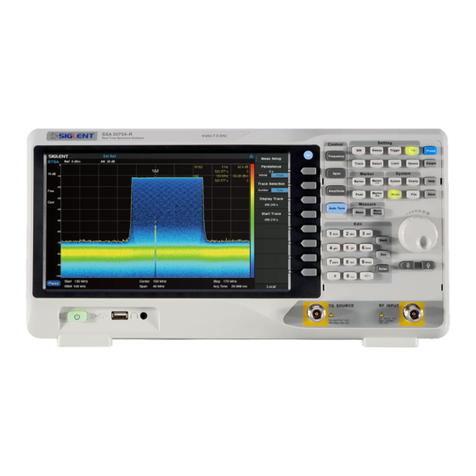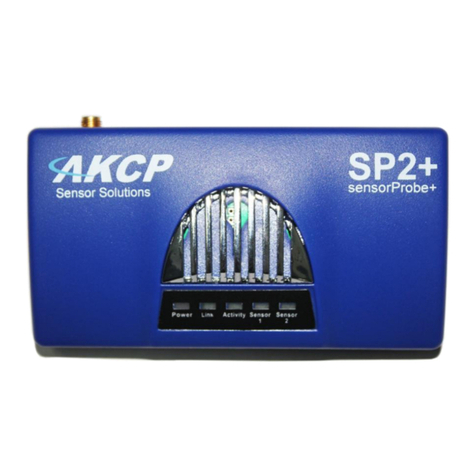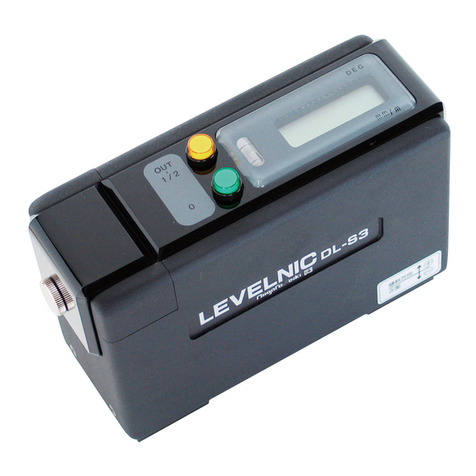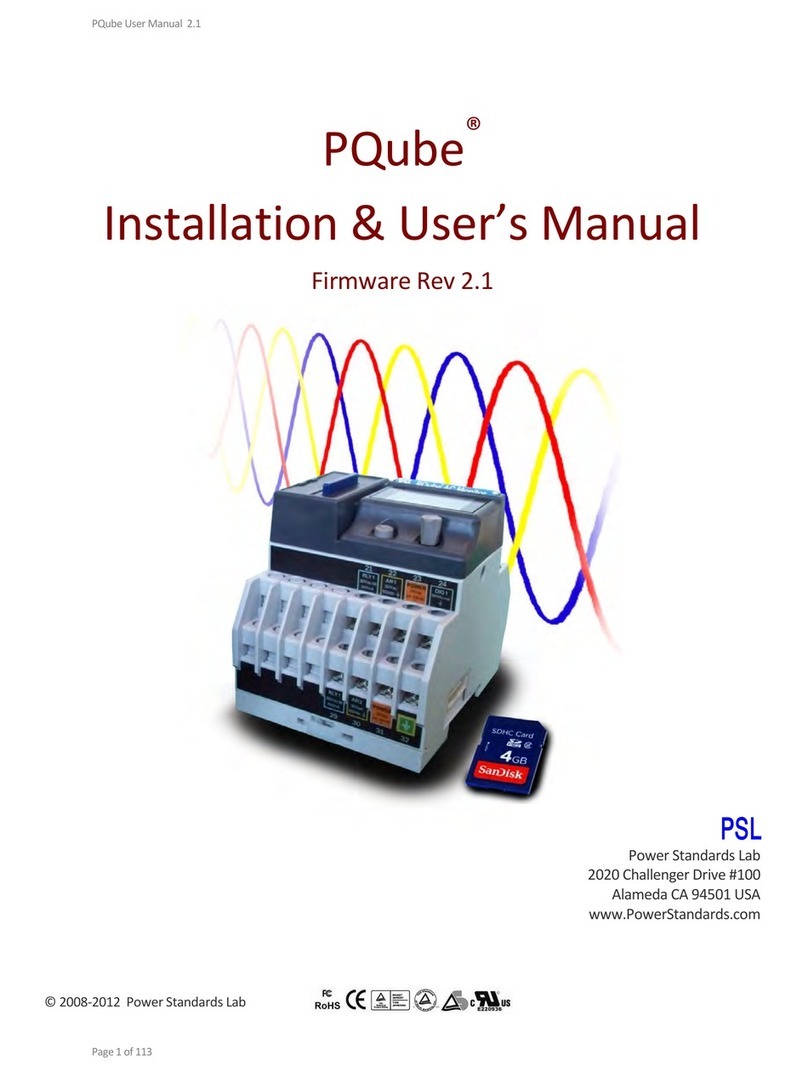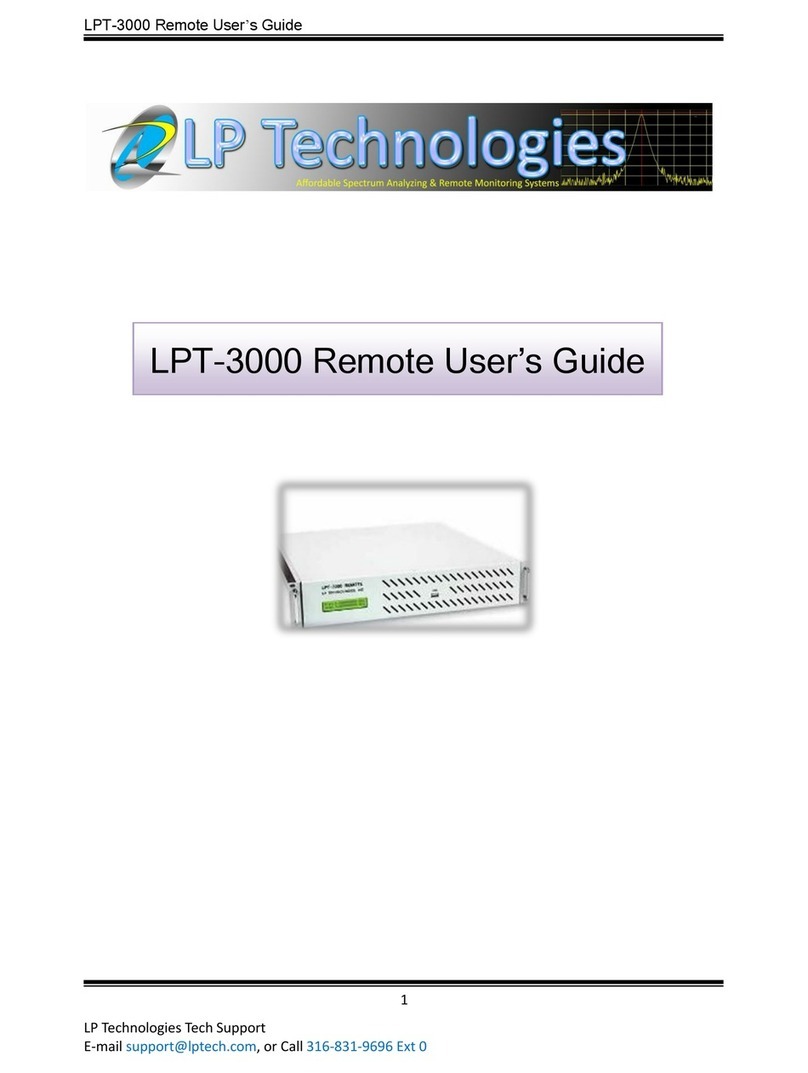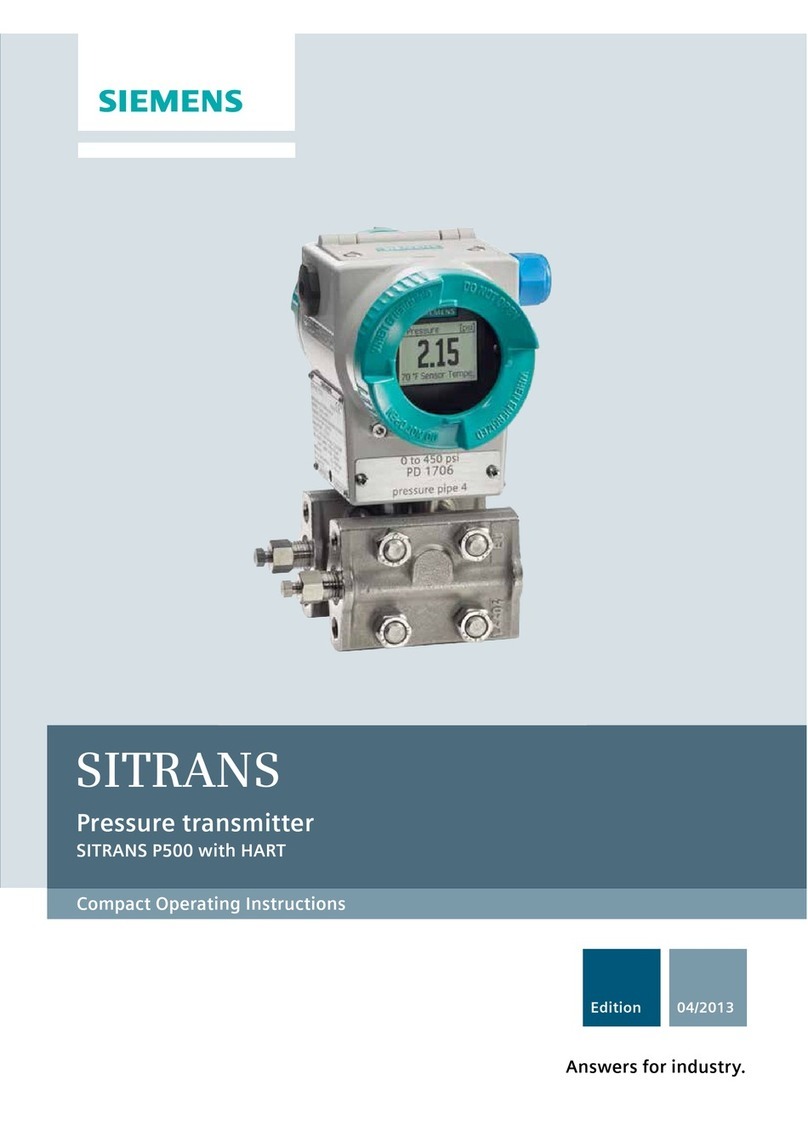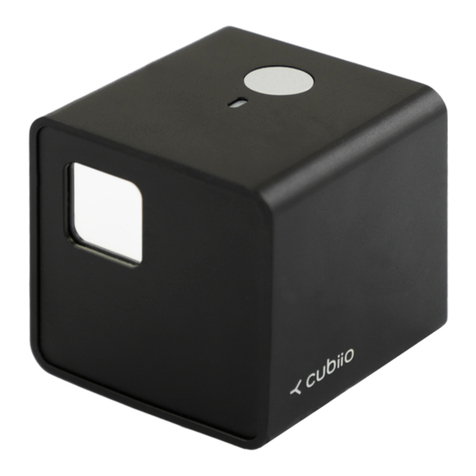PQube 3 Installation Manual
Page 5 of 48
1Introduction
1.1 What is a PQube® 3?
PQube® 3 is an instrument for both monitoring and diagnosing issues with electric power systems
and sensing environmental conditions, helpingyou to quickly solve problems that impact the quality
and reliability of your product or process.
Thinkof it as ablackbox for yourelectric power, environmentand process:It is a unique combination
of the best features of a power disturbance monitor, a power/energy meter, a process and
environment data logger, and a digital fault recorder. It’s easy to install, easy use. No special training
is required, no software required.
What does the PQube 3 record?
In a few words, your PQube 3 detects and records disturbances on the mains circuit: Sags/dips,
swells, interruptions, frequency variations, HF impulses, Rapid voltage changes, waveform changes
and more... It also records steady state power quality parameters like flicker, unbalance, THD
harmonics and interharmonics. PQube 3 is compliant with the most stringent Power Quality
measurement standards: Class A IEC 61000-4-30 Ed3 (2015).
The PQube 3 is one of the few analyzers that measure 2kHz-150kHz conducted emissions.
Your PQube 3 automatically generates daily, weekly, and monthly trends/statistics reports.
When connected to compatible current transformers, your PQube 3 records current waveforms,
RMS magnitude, current unbalance and powers (watts, watt-hours, VAR’s, power factor, and other
power-related parameters). The PQube 3 can monitor power and energy on several circuits.
The PQube 3 when equipped with PSL ultra-precise CTs, is fully compliant with IEC 61000-4-30,
edition 3 Class A certified requirements and can be used as a revenue grade Class 0.2 energy meter.
Your PQube 3 includes 4 general purpose channels for interfacing with many type of sensors (RPM,
torque , flow , vibration…). It has a digital input, which can be used as an eternal trigger source, and
a relay contact output, used to notify alarms to an external indicator or PLC (the relay opens for at
least 3 seconds for any detected event).
Your PQube 3, with up to 2 optional ENV2 environmental probes, can measure and trigger on
temperature, humidity, barometric pressure and mechanical shocks, seismic disturbances and
vibration.




















